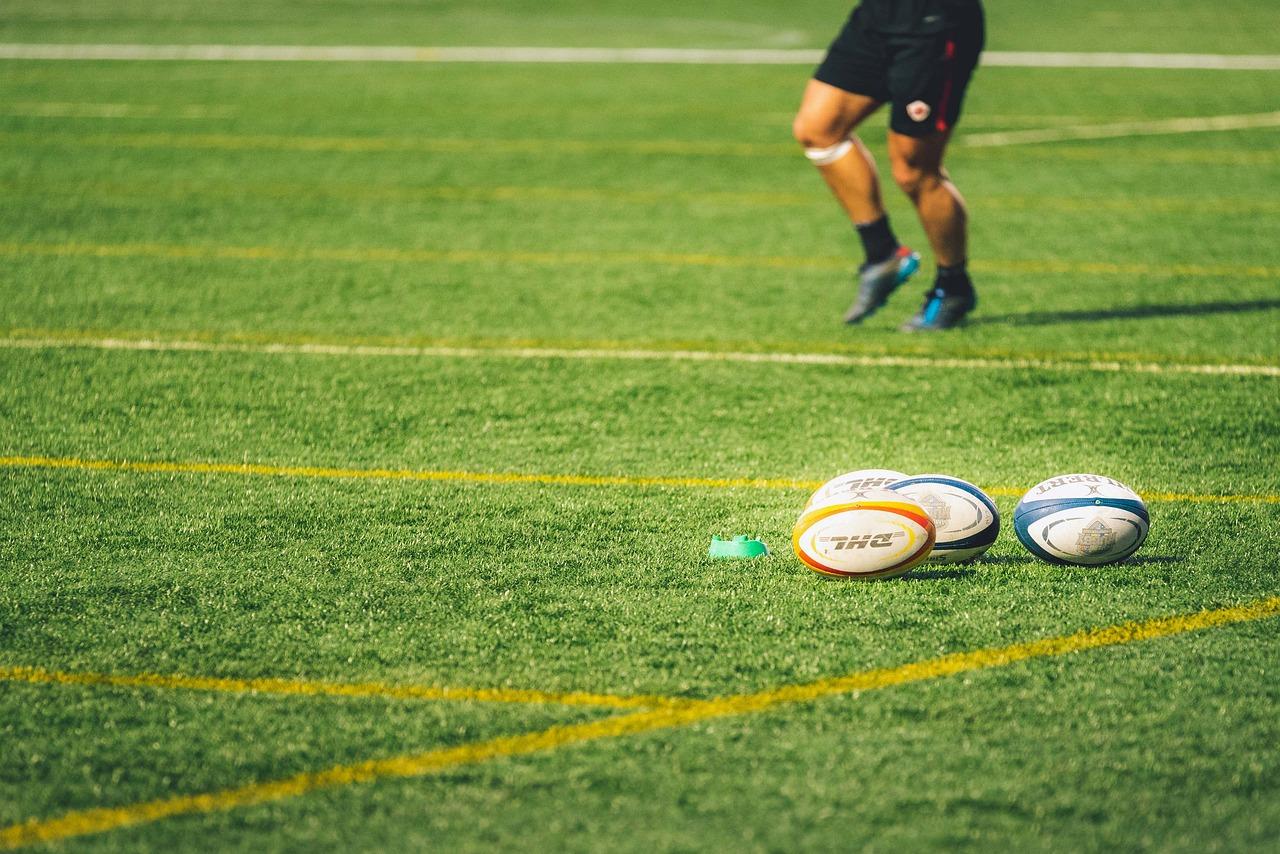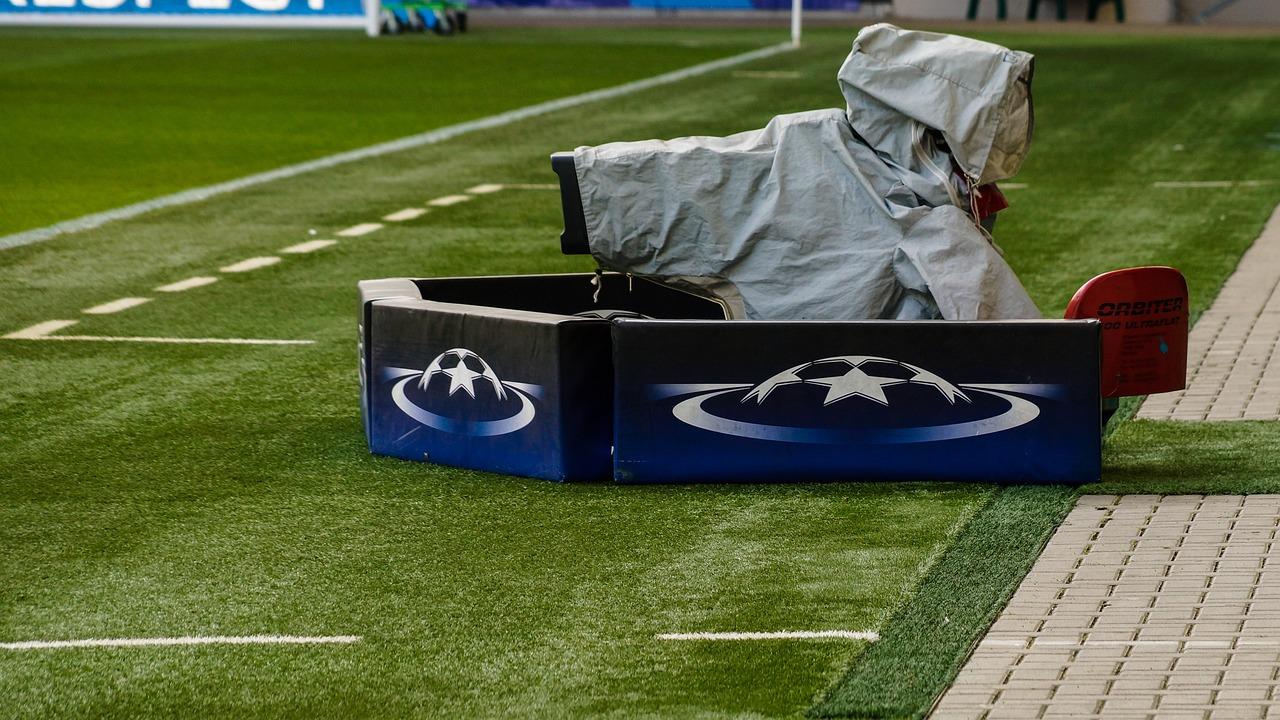
What is Sports Technology?
Sports technology might sound like a broad term… Well, that’s because it is, but that doesn’t mean that we can’t define it somewhat. In this article we’ll be having a look at the current state of sports technology: which we’ll say means any technology used to assist with or enhance the experience of a player, viewer, or referee in any given sport.
However, we’ll mostly be focusing on the upcoming sports technology, which we can expect to see changing the landscape of both viewership and play of sports. There’s lots to get through, so get ready as we recap the present and travel into the future together!
The Evolution of Sport Alongside Technology
Since civilization has been around, humans have found ways to turn their recreational pastimes into competitive sports, perhaps it’s simply due to our competitive natures; maybe as a warring species, we always need an enemy to defeat (even if it's just in an amateur friendly match). Whatever the reason, sport has been around almost as long as we have, so long as we’re using the term loosely.
One of the first examples we can point to is the “Mesoamerican Ballgame”, which was played since at least 1650 BC in early societies, in the region of the same name. This ancient sport proves a couple of things; the “ballgame” is as old as it is popular, we love playing our sports in dedicated “arenas” or courts, and we idolise the most talented sportsmen and women.
In this example, we can see a couple of things that have always existed in sport, yet are constantly evolving with the times as well. The ball itself in the Mesoamerican Ballgame was made of rubber derived from latex and sap from the indigenous trees. In early European ball sports, pig bladders were used to make balls. Both examples show the ingenuity and the lengths we will go to for the quality of our sports. The American counterpart also shows us that even early in humanities history, sport was an important part of our culture and impressive mathematics and masonry was used to construct the courts.
To consolidate this, I think it’s safe to say that one of the main driving factors for the development of technology in sports is the constant desire and need for “fairness” when it comes to a 2 sided game. Is the ball making the game unfair somehow? Time for a better made one. Is playing on the grass at risk of the weather’s interference? Then let’s make artificial grass, or an indoor court… Innovations like these have shaped sports technology into a massive and significant industry that has shown no signs of slowing down, especially with the advent of broadcasting and digital media.
In modern times, we are totally used to seeing the game being paused for a VAR (video assisted referee) to double-check a play. We have stadiums that can close their roofs when it rains, additional screens, so the spectators can see every angle and electronic loudspeakers making sure that you can hear the commentary from wherever you’re sat. Of course, the referees are all mic-ed up, so we can hear their decisions and conversations too. These are just a few changes to modern sport that paint a picture of where sports technology is for the time being.
On a slightly less literal note, even though it isn’t technology, rules keeping and regulations have developed continuously side by side with our tech to similarly enhance the experience for everyone involved. The relative injury rate and the severity of such injuries has decreased in every sport. It is arguably safer to participate in a modern rendition of a combat sport than it was to play the old-fashioned “football” where punching, kicking and wrestling were a standard sight and the teams were the size of a rioting mob.
Thankfully, medicine has also progressed in a similar way. Since we have a much bigger population and an incomparably larger audience for the big teams, the relative value of a star player's health is much higher. If it weren’t for the progression of medical technology and the hours upon hours of training that the dedicated physiotherapists receive before tending to our modern athletes, let’s just say that the average top dollar career would be a lot shorter!

What is the Future of Sports Technology?
After all that prelude, it's finally time to talk about what’s on the horizon when it comes to technology in sports. A lot of the coming improvements have to do with our ever-increasing processing power, “bandwidth” of data transmission and of course as with most of the news today AI (Artificial Intelligence).
VR And AR:
Indeed, the larger capacity in our computers and electronics means that we can create simulations with greater depth and realism, meaning that both Virtual and Augmented Realities, (VR and AR) are soon to be on the playing field in sports, both literally and figuratively.
Imagine if you will that instead of watching your favourite team playing from through the archaic and narrow glass of a screen, you could instead put on a headset, (hopefully they find a way to make them more lightweight), and find yourself at the heart of the action, as if you were right there in the stadium. VR will likely permit fans to get the live experience in even more fidelity than previously imaginable. Maybe one day, the players will be installed with sensors allowing the viewers to see a virtual reality experience from their perspectives as well, but for now such a thing is purely speculative.
What about AR? Well AR already finds itself a use in live analysis of games, helping the talking heads illustrate their points, such as the harder to describe tactics at play beneath the surface, and the more subtle positions and movements of the players and the ball in certain sports. The future of AR might be even more impressive, however. You can imagine if you’d like the stadium goers wearing glasses, a bit like the 3D glasses at the cinema, allowing them to see additional details and analytics superimposed over the game they’re watching live. It might even become a customizable experience some day, with viewers being able to choose whether they want to see certain additional details, such as AI empowered predictions, ball trajectories and shot probabilities.
AI, Sensors and VAR:
As we mentioned before, we are already, as a viewer-base, quite used to the decisions made by video review impacting the course of a game, usually for the better. One of the main drawbacks, if it can even be called a drawback at all, is the increased amount of stoppages and interruptions in modern sport. Lots of viewers appreciate the increased accuracy and fairness in the accuracy of games, however another sizable chunk of spectators finds the constant stop-start nature of what are supposed to be live games to be unbearable. Their frustration is understandable, even if you believe it to just be part of the game at this point.
So how can future technology make everyone happy? Hopefully in the near future, the accuracy, and availability of our sensors and recording devices will continue to increase. Better sensors means more information available more quickly, and more information means less doubt… You guessed it, less doubt means that each VAR review will take less time and the game will be able to proceed as normal sooner.
If we look into the further future, we could somewhat controversially see the complete replacement of on-pitch referees, and eventually even the human referee. Objectivity is the name of the game, and nothing is really more objective than a (working) computer. If AI progresses sufficiently in the coming years, then it might end up becoming the optimal referee. I predict that if this does become the case, it will take a lot of getting used to for audiences, so whatever the future brings, expect the changes to be gradual.

4D Cameras:
Finally, let's look at one of the coolest examples of recent innovation, and one that we have already seen tested in recent demos. The idea of the 4D camera is that (almost) every angle possible is captured, meaning that the viewers can see replays from an unprecedented number of perspectives. This technology has already been used in Taekwondo in the Olympics, providing an effect of the camera being able to pause time and circle around the scene, showing different views of each contact the fighters made. It’s quite hard to explain in words just what this looks like, so we recommend having a look at a video of the 4D cameras in action; it's really otherworldly when you see it for the first time!
Maybe in the future, we could see a similar effect in real time, which would truly revolutionise the viewing of sports altogether. Such a thing is just a hypothetical for now, though.
Afterword:
Thank you for taking the time to read this article; I hope you were able to learn something, whether it be about the history of technology in sports, or the bleeding edge of sporting tech. Either way, if you’re interested in learning more about sports, or a plethora of different educational subjects, feel free to browse the other articles here on Superproff. There’s lots to see and read, so we hope you come back soon! See you round…
















